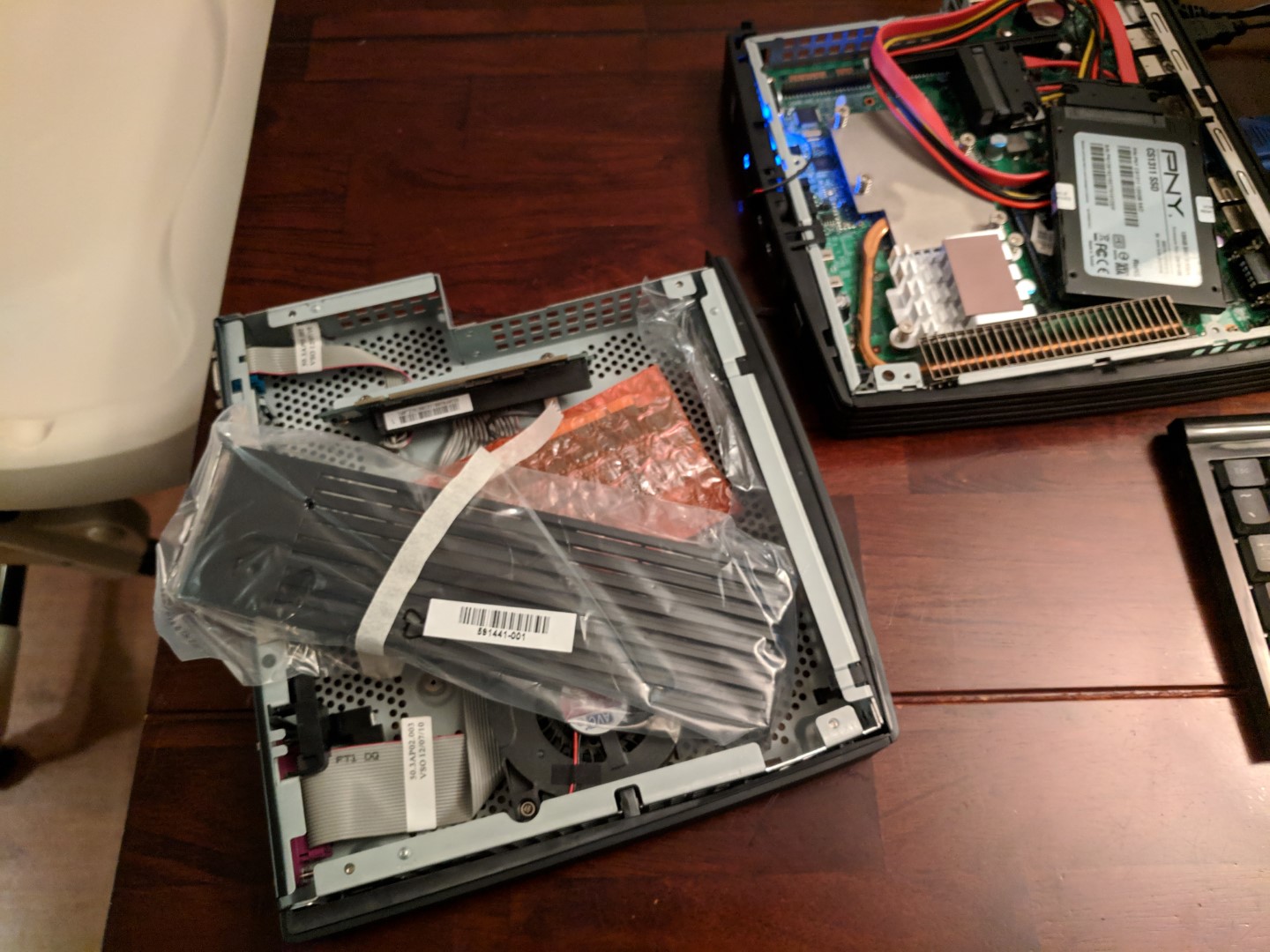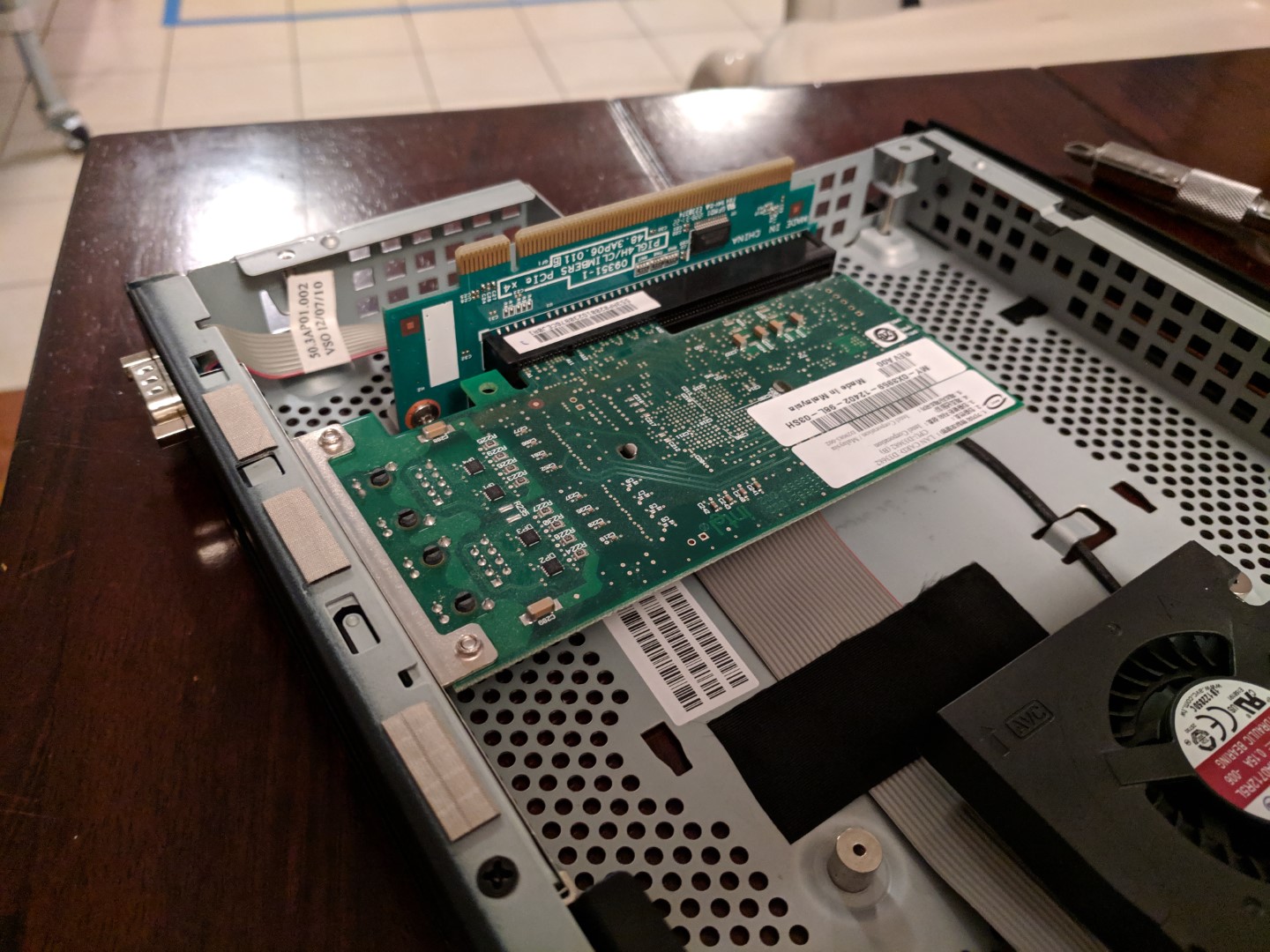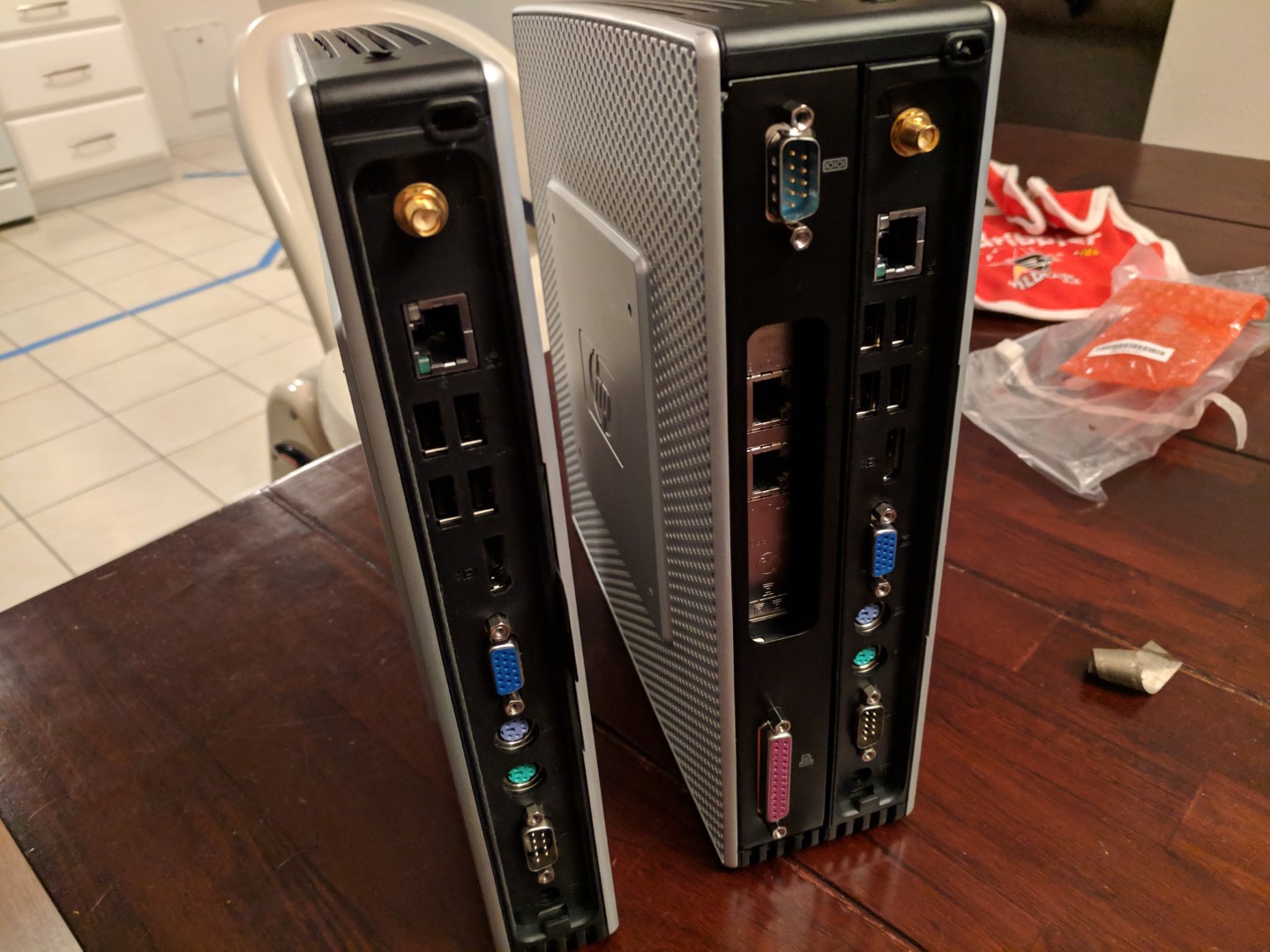Why?
My Linksys WRT1900AC router worked great, but I wanted a little more fine tuned control over my home network. I gave DD-WRT a shot on it and while it worked ok, the VPN performance leaved a bit to be desired and it was a little unstable at times. Enter the thin client router.
What?
I had this old HP T5740 thin client my church used to use as a Windows 7 thin client machine to check kids into classes. I help with IT at the church and we were literally tossing these things a few years ago so I figured I’d keep a couple and see if they came in handy. It’s not a bad little machine as it has an Intel Atom N280 CPU, supports up to 8GB of RAM, and has a gigabit Ethernet card built in.
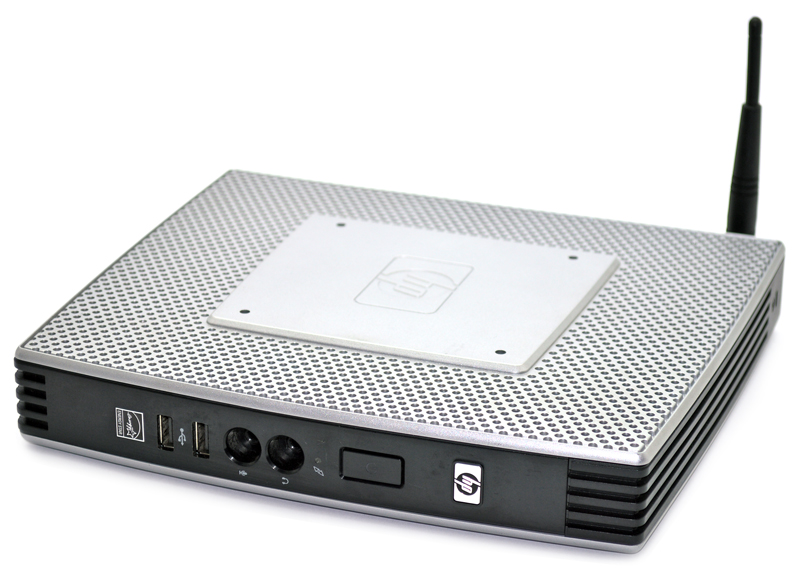
I’d used the thin client as a server of sorts before by following this guide. This is a simple matter of removing the flash memory the thin client uses in favor of an elbow SATA connector and then plugging in a SATA drive. But to build a router we really need more than one Ethernet port. Enter the available PCI Express expansion kit. This little baby lets you add a PCIe card and is a snap to install, not to mention is a whopping $13 on amazon.
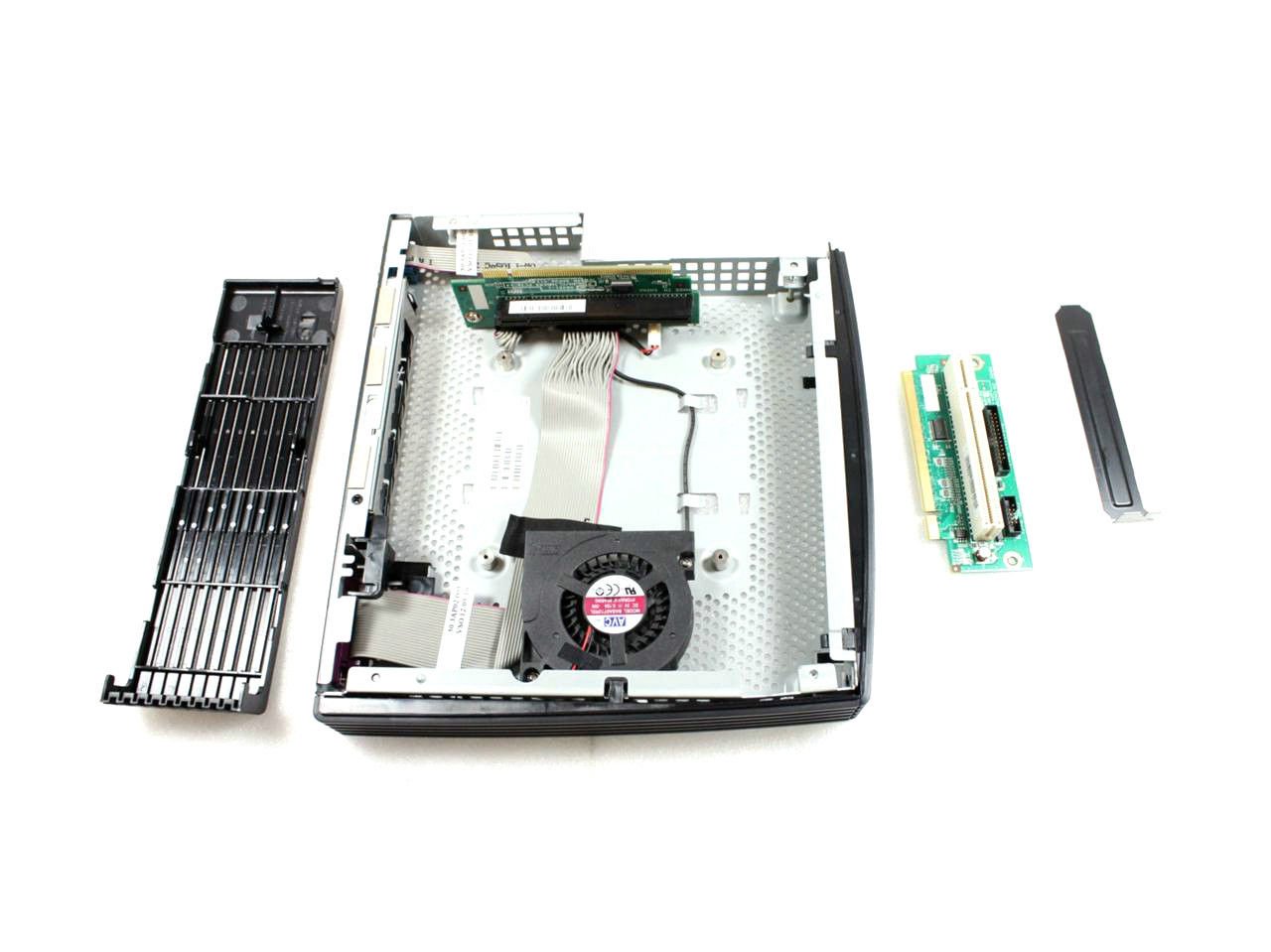
Now I did just happen to have an old Intel CPU-D33682 Dual Port Gigabit Ethernet adapter laying around I harvested out of an old server as well as an old SSD and some DDR3 laptop memory (4GB). So I slapped all that together, installed OPNSense, and now I’ve got a pretty nice little router!
Why OPNSense?
I know there’s great debate between pfSense and OPNSense, but it was an easy decision considering the processor in this thing is a 32-bit processor, and pfSense stopped supporting 32-bit processors multiple versions ago. This processor also doesn’t support AES-NI, so we’ll see how the VPN performance ends up (as a follow up).
How Much?
All told, the thin client was free, the SSD was free, the laptop memory was free, the NIC was free, the right angle SATA connector was about $4, and the riser board expansion kit was $13. So all told I’m in this thing for about $17!
Update
2019-06-24 I used this router for all of a month or so and just couldn’t get the VPN going very well on it. I realized a Ubiquiti router could be had pretty cheap and be a great replacement so I went for that. This little machine attempted to live on as an Ubuntu 18.04 server, however I realized support for 32-bit processors is just really lacking nowadays and decided to go ahead and retire this little guy. It was a fun build though and nice to try making old dogs learn new tricks.
